STL343: Don’t Moose It!
Ben, Vic, and Amanda talk about turning, what to buy when looking for entry-level tools, and when to stop and clean your blades.From Drew:
On a recent episode, Vic mentioned using a router sled with a lathe. I’m familiar with the idea for cutting grooves, but I believe Vic said he did it to turn perfectly round cylinders. Did I hear that correctly? Can you provide more details? Could something like this also be used for turning tapers?
From Mark:
Maybe I have missed any talk about the difficulty in buying denatured alcohol. It is not available in California at home improvement or paint supply stores. I drive cross country to NY twice a year and have checked many smaller and chain hardware stores in states with low regulation and cannot seem to find any alcohol on the shelf where the thinners are usually displayed. Any idea what’s behind this and how to work around not finding it?
From Tom:
I’ve been a woodworker for 60 years, making a living as a cabinetmaker and carpenter for most of that time. As I approach retirement, I’m thinking of purchasing a lathe. Dad had a Shopsmith when I was a kid, and I really enjoyed turning. Having learned on a multi-purpose machine, I don’t think I need to spend big bucks on a high-end tool, but I would like your advice on what to consider and what to avoid.
Every two weeks, a team of Fine Woodworking staffers answers questions from readers on Shop Talk Live, Fine Woodworking’s biweekly podcast. Send your woodworking questions to [email protected] for consideration in the regular broadcast! Our continued existence relies upon listener support. So if you enjoy the show, be sure to leave us a five-star rating and maybe even a nice comment on our iTunes page. We also have a new Youtube Channel for those who like watching Shop Talk Live. Join us on our Discord server here.


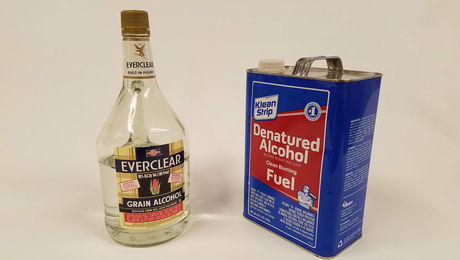
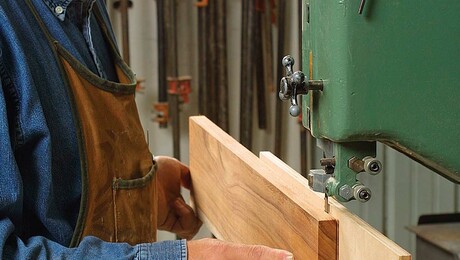




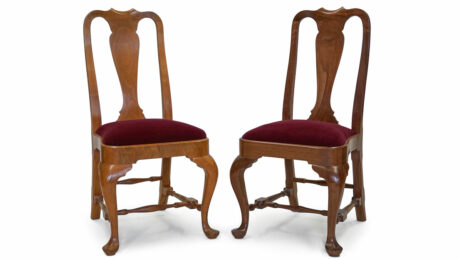
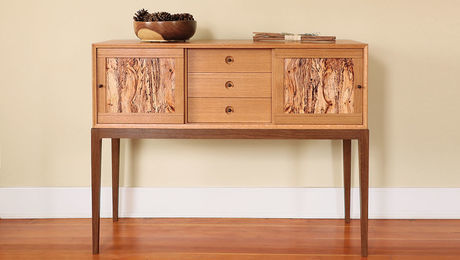












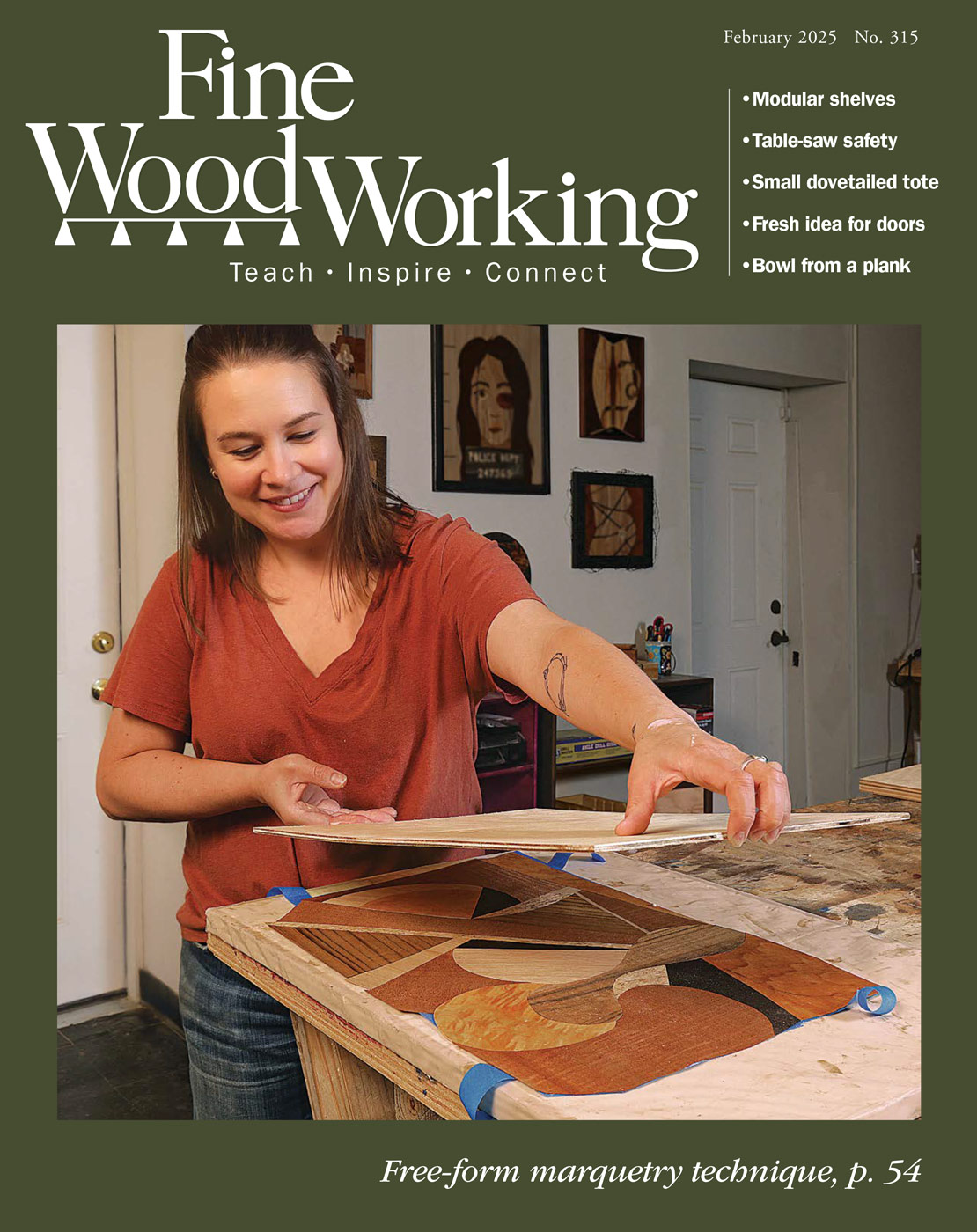

Comments
The last time I needed ethanol for shellac I bought it at Extraction Goods in Albuquerque. This was food grade, 200 proof ethanol and cost about $30/gallon, which is not much more than the price of a fifth of Everclear at the liquor stores. Extraction Goods is a supplier to the marijuana industry, so if marijuana is legal in your state, maybe there's a supplier for alcohol.
(Extraction Goods appears to have closed up shop in Albuquerque, though).
I would recommend 190 proof ethanol over 200 proof. Used a lot of 200 proof ethanol in grad school as an organic chemist. 190 proof is the max you can get from distillation as ethanol and water form a mixture during distillation called an azeotrope. To get from 190 to 200 proof requires other means of purification (molecular sieves which can lead to cloud solutions), anhydrous copper sulfate added, and the real offender, benzene. Now, I don’t know how they go from 190 to 200 proof. However, being a paranoid chemist, I steer away from 200 proof in case the resuppliers are idiots and somehow purchased material which used benzene to get to 200 proof ethanol. In the chemistry labs, we never worried about trace benzene because it was virtually inert for the kinds of reactions we were doing with ethanol. But, I would want to breath trace benzene at home (suspected carcinogen). My two cents.
Since I posted this, I've listened to the podcast (good as always). The fact that Ben found this specifically for use as extractives in baking means it would likely be ok for this 200 proof. Still, I'd likely go with 190 proof.
On a separate note, all of you in the podcast got bogged down on the metric and pint conversions. Being a proud imperialist but who works with metrics day in and out in a lab, there is a simple conversion. "A pints a pound the world around." Since you had a quart that equals two pints which equals two pounds which equals 1000 g or 1000 mL. Yes, we could get more specific about the conversions and factor in density of pure ethanol vs. water but still two pints equals 1000 mL is good enough.
Oh, another helpful conversion is for Celsius and Fahrenheit. 16 equals 61. This means 16 C is the same as 61 F. From there you can use 1 C is 2 F to help with other temp conversions. That way if you hear today is 20 C, you can quickly do the math and realize that means it is about 68 F outside. I learned this as I lived in the UK for two years. Most metrics were easy to live with but the temp was a sticky wicket for me. I need F to get a good understanding on what the day was going to feel like.
You can buy Denatured Alcohol from Amazon.
https://www.amazon.com/s?k=Denatured+alcohol&crid=ACBKI6RVR5TJ&sprefix=denatured+alcohol%2Caps%2C358&ref=nb_sb_noss_1
Same with Naptha.
For safety, his right hoof should be kept back behind the blade. A trip to the vet can be avoided with proper procedures in place.
For Vic and any other Canucks, we used to be able to get e-nrg denatured alcohol/stove fuel in Canada at Canadian Tire which I found worked really well, but they no longer carry it. After listening to the podcast, I found a couple of other sources (that I have not yet used as I still have some e-nrg) at
https://ardec.ca/en/ and
https://frontierdental.com/ca/en/home
MSDS shows 88.8% ethanol/9.6% methanol for the latter BM 4200 product, if that gives you pause, and could not find one for the former, but made by Goudey (a reputable Canadian finishing manufacturer) and intended as a shellac or dye solvent. Lee Valley also sells a shellac thinner which I have used and is good, but is expensive at almost $50 Cdn per litre, compared with $15 for the Goudey and less than $12 from the dental supply.
Log in or create an account to post a comment.
Sign up Log in